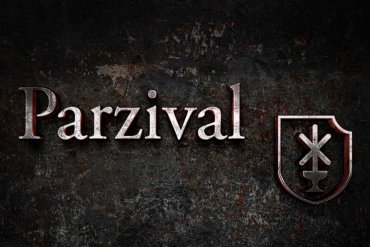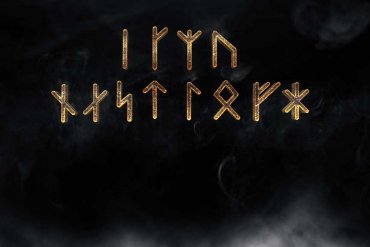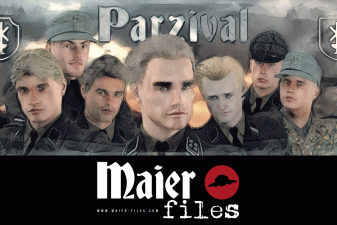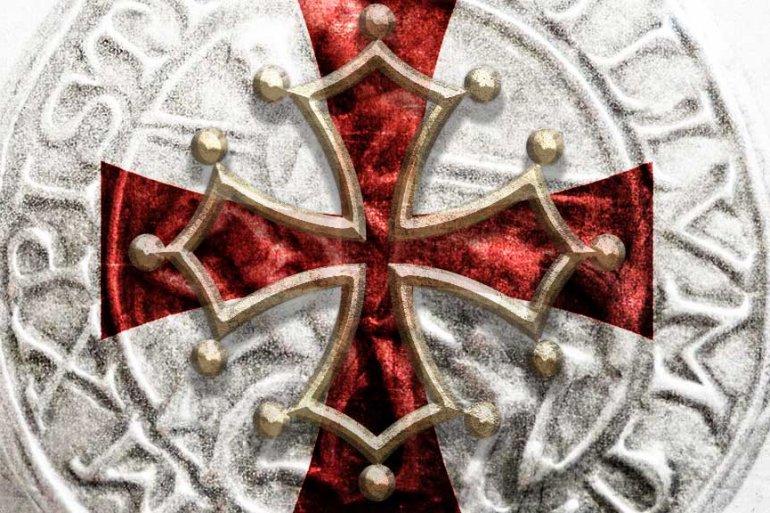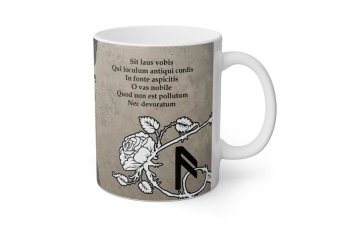The name of Hermes, whether or not qualified as Trismegistus, henceforth served as guarantee or signature for a host of esoteric books on magic, astrology, medicine, etc., throughout the Middle Ages, and this despite the fact that, with the exception of the Asclepius, the Corpus Hermeticum was unknown. Picatrix At the same time, an inspired imagery unfolded in both Latin and Arabic literature in a succession of “visionary recitals” (as...
Teutonic legend. a music drama by Richard Wagner: composed 1877-82; premiere 1882 a male given name: from Old French words meaning “pierce” and “valley” comparable to Percival a knight of King Arthur’s court who sought the Holy Grail a German mythical military division What lies beneath the noun Parzival? In Parzival, Wolfram von Eschenbach tells us that the Grail is a stone that was brought from heaven to Earth...
The Master Mason’s ritual, central to modern Freemasonry, might not be the original version, but rather a substitute. This idea may seem surprising at first glance, but when examined in the historical context of the early 18th century, it opens up fascinating possibilities. The events of 1717, which saw the founding of the first Grand Lodge of England, did not occur in isolation. Instead, they were part of a broader tapestry of religious and political turmoil that had gripped England […]...
From his seat in Asgard, Odin, observed the Norns at the base of Yggdrasil, and envied their skills and their foresight. The god twisted his will toward the undertaking of coming to know the Runes. The native home of the runes is the Well of Urd with the Norns and since the runes do not reveal themselves to any but those who prove themselves worthy of such fearful insights and...
Within the historical tapestry of World War II, the shadowy Division Parzival, guided by the mysterious Gudrun, captivates with its enigmatic origins and spiritual undertones. Julius Evola’s essay, intertwined with the profound chivalric traditions, sheds light on the esoteric aspects of the Grail and the symbolic representation of the woman as “intelligence.” Division Parzival and Gudrun Steeped in mystery, Division Parzival emerges as a military unit with a unique purpose,...
Sir Thomas Malory came from a family steeped in the values and traditions of the chivalric code. His ancestors were ‘gentlemen that bear old arms’, and their blood relationship with both the Normans and the Vikings suggests that they were sufficiently robust to do so. They had settled at Newbold Revell, in Warwickshire, and had managed to acquire vast estates throughout that county. As the inheritor of a name and domain, Malory himself was ineluctably drawn into the contests of […]...
U-boat missions in Scotland. The Maier files story mentions a special U-boat mission into Scotland (Maier files Unternehmen Kelch). Could there be any trace found about such secret mission, and were there any German submarines spotted around early December or late November 1939 at Carradale Bay, Firth of Clyde or the isle of Arran? The Firth of Clyde forms a large area of coastal water sheltered from the Atlantic Ocean by the...
Julius Evola’s views on the Holy Grail myth as a Hyperborean myth can be understood within the context of his broader intellectual project, which sought to recover the spiritual wisdom and cultural heritage of the ancient world. Evola believed that the modern world had become disconnected from its traditional roots and was in need of a renewed connection to the transcendent principles that had once guided human civilization. For Evola,...
The French historian Raimonde Reznikov’s book ‘Cathares et Templiers’ can be something of a scholar’s antidote to the wilder extremes of conspiracy mongering. As reported by Reznikov, besides the evident link that Templars and Cathars were suppressed by shared conspiracy between state and church, the solely genuine sympathetic link originated from the imaginations of eighteenth-century Freemasons. She writes: The Templar mythology, fabricated in the 18th century in the bosom of German lodges by the vanity of Freemasons, desirous to join […]...
The Grail secret and Wolfram von Eschenbach’s Secret of the Holy Grail. The most significant of all the Grail romances is “Parzival”. The Bavarian knight, Wolfram von Eschenbach composed this master piece between 1195 and 1216. In his version, the Grail is uniquely a stone. And referencing a stone or rock is the key to finding illuminating Biblical passages. Especially of a “rejected stone.” Von Eschenbach claims he based his...
Unveiling the Enigmatic Wisdom: Deciphering the Esoteric Meaning of “Sit laus vobis Qui loculum antiqui cordis In fonte aspicitis. O vas nobile Quod non est pollutum Nec devoratum In saltatione antique spelunce. Et quod non est maceratum In vulneribus antiqui perditoris” In the labyrinthine world of ancient texts and cryptic symbols, there exists a riddle (Hildegard von Bingen) that has tantalized the intellect and stirred the soul for generations. It...
In Celtic Scotland there exist plenty traditions of sacred locations, places and folklore about people crossing into the Otherworld, a number of which are identified with sorcha (pronounced “sahkhaa”). This is an ancient phrase that means both ‘paradise’ and ‘illuminated being.’ Once again there’s a similarity with Egypt. Because the syllable ka is their word for ‘risen soul or awareness.’ Sidh Chailleann is the core of Scottish Otherworld tradition. This mountain marks the geodetic center of the country. The name […]...


